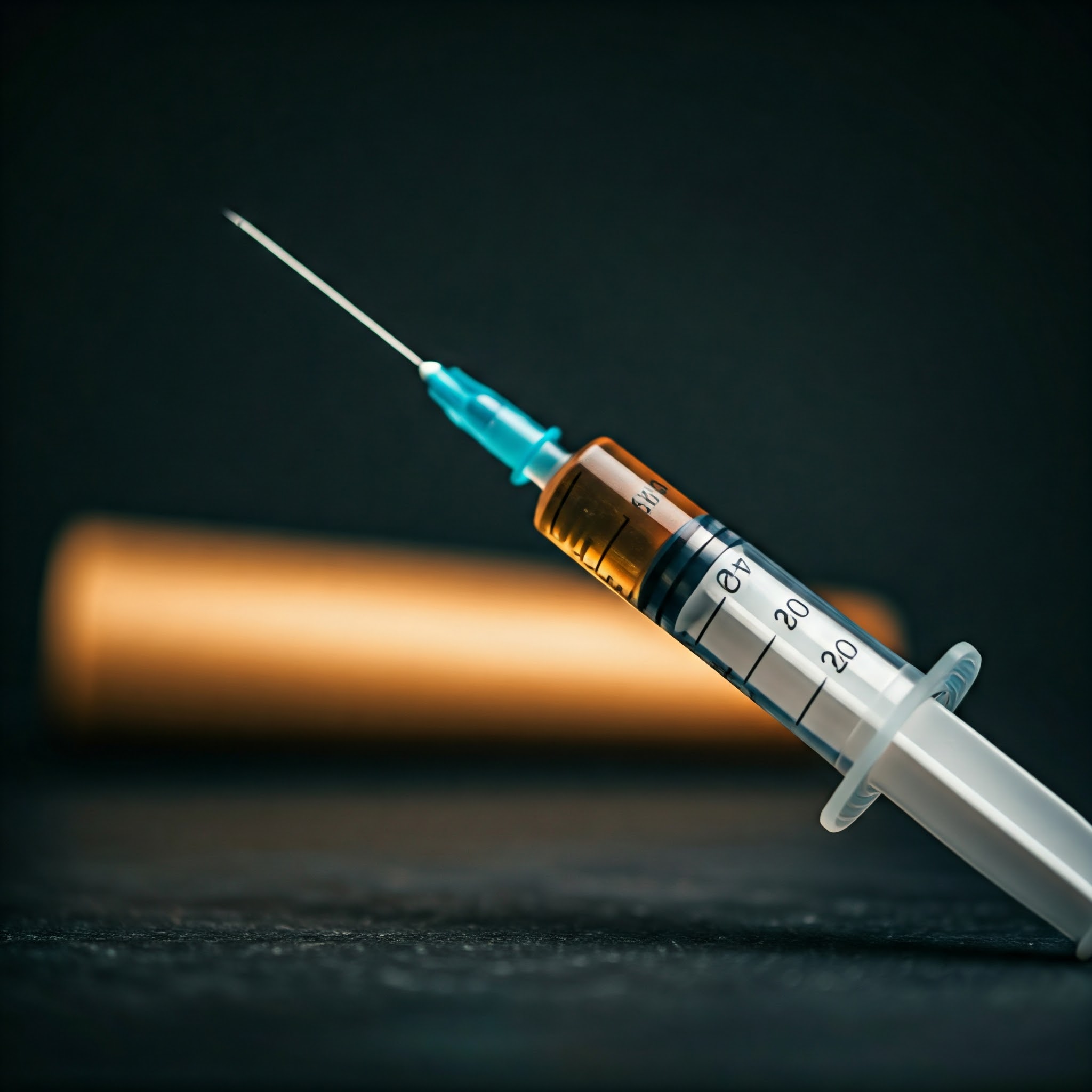Testosterone Replacement Therapy (TRT) has become an increasingly popular solution for men experiencing symptoms of low testosterone. Many men are now exploring the possibility of administering TRT from the comfort of their homes. At-home TRT offers flexibility, privacy, and convenience, but there are several factors to consider to ensure safety and effectiveness.
In this article, we’ll cover everything you need to know about at-home TRT, how it works, the benefits, risks, and how to decide if it’s the right approach for you.
Understanding Testosterone and TRT
Testosterone is the primary male sex hormone responsible for many critical bodily functions, including muscle growth, bone density, libido, energy levels, and mood regulation. Low testosterone levels (commonly called “Low T”) can lead to a range of symptoms such as fatigue, reduced libido, weight gain, muscle loss, and depression.
TRT (Testosterone Replacement Therapy) is a medical treatment designed to restore testosterone levels to a healthy range. TRT can be administered through various methods, including injections, gels, patches, and implants.
What is At-Home TRT?
At-home TRT refers to self-administering testosterone therapy outside of a clinical setting. Instead of visiting a clinic or doctor’s office for regular injections or treatments, you receive the necessary supplies and instructions to manage your therapy independently at home.
This approach typically involves:
- Initial consultation and testing to assess your testosterone levels.
- Prescription for testosterone based on your medical evaluation.
- Delivery of testosterone supplies, such as injection kits or topical solutions.
- Instructions for self-administration to ensure proper dosing and safety.
Benefits of At-Home TRT
1. Convenience
At-home TRT allows you to administer your treatment on your own schedule, eliminating the need for frequent trips to a clinic. This is particularly beneficial for men with busy lifestyles or limited access to healthcare facilities.
2. Privacy
For men who prefer discretion, at-home TRT provides a private way to manage their health without the need to disclose personal medical details to others.
3. Flexibility
You have greater control over when and how you take your testosterone doses, making it easier to fit the treatment into your daily routine.
4. Reduced Costs
Managing TRT at home can potentially reduce the cost associated with clinic visits and administrative fees, depending on your healthcare provider and insurance.
How to Get Started with At-Home TRT
1. Consult a Medical Professional
The first step to starting at-home TRT is to consult with a healthcare provider who specializes in men’s health and TRT treatment. They will:
- Discuss your symptoms and medical history.
- Conduct a blood test to measure your testosterone levels.
- Determine if TRT is appropriate for you.
2. Choose the Right Method
Depending on your needs and preferences, your healthcare provider will help you select the most suitable method for at-home TRT. Common methods include:
- Injections: Self-administered via intramuscular or subcutaneous injections.
- Topical Gels: Applied daily to the skin.
- Patches: Worn on the skin to release testosterone gradually.
3. Receive Proper Training
Your healthcare provider will guide you on how to safely administer testosterone at home. For injections, they will show you how to:
- Prepare the syringe and dosage.
- Choose the correct injection site.
- Administer the injection safely.
For topical methods, they will instruct you on how to apply the gel or patch correctly.
4. Follow a Schedule
Consistency is key for effective TRT. Whether you are injecting testosterone or applying a gel, following your prescribed schedule ensures stable testosterone levels.
5. Regular Monitoring
Even with at-home TRT, regular monitoring is essential. This involves periodic blood tests to check your testosterone levels and overall health. Your doctor may adjust your dosage based on these results.
Risks and Considerations of At-Home TRT
1. Injection Safety
If you choose injection-based TRT, ensuring proper technique is crucial to avoid complications like infection or injury. Always use sterile equipment and follow the instructions provided.
2. Side Effects
TRT can have side effects, including:
- Acne or oily skin.
- Fluid retention.
- Increased red blood cell count.
- Breast tissue enlargement (gynecomastia).
If you experience any side effects, consult your healthcare provider immediately.
3. Hormonal Imbalance
Improper dosing or failure to monitor your levels can lead to hormonal imbalance. This can cause mood swings, fatigue, or other health issues.
4. Long-Term Commitment
TRT is often a long-term commitment. Stopping treatment suddenly can lead to a drop in testosterone levels, causing symptoms to return.
Who Should Not Do At-Home TRT?
While at-home TRT offers many benefits, it is not suitable for everyone. Men with the following conditions should avoid TRT or seek close medical supervision:
- Severe heart or liver disease.
- Prostate or breast cancer.
- High red blood cell counts (polycythemia).
- Severe sleep apnea.
Consult your healthcare provider to determine if at-home TRT is appropriate for you.
FAQs About At-Home TRT
-
Is at-home TRT as effective as in-clinic TRT?
Yes, at-home TRT can be just as effective if administered correctly. Following proper guidelines and maintaining regular check-ups ensures effectiveness and safety.
-
How do I know if I need TRT?
Common symptoms of low testosterone include fatigue, reduced libido, weight gain, and mood swings. A blood test will confirm your testosterone levels.
-
Are testosterone injections difficult to do at home?
With proper training from a healthcare provider, self-administering testosterone injections at home is straightforward. It may take some practice, but most men become comfortable with it quickly.
-
How long does it take to see results with TRT?
Many men begin to notice improvements in energy, mood, and libido within a few weeks of starting TRT. Muscle mass and strength improvements may take several months.
-
Can I stop TRT once I start?
Stopping TRT should be done under medical supervision. Suddenly stopping can cause testosterone levels to drop significantly, leading to a return of symptoms.
Conclusion
At-home TRT offers a flexible and private solution for men looking to manage low testosterone. By consulting with a healthcare provider, following proper administration techniques, and maintaining regular monitoring, men can safely and effectively improve their health with at-home Testosterone Therapy. Understanding the benefits and risks will help you make an informed decision about whether at-home TRT is right for you.








